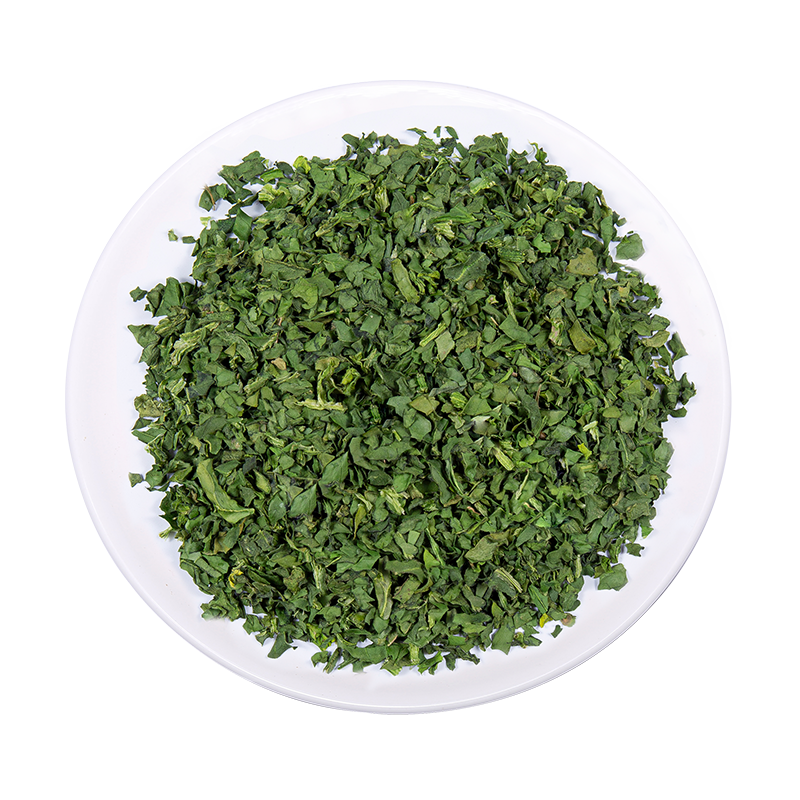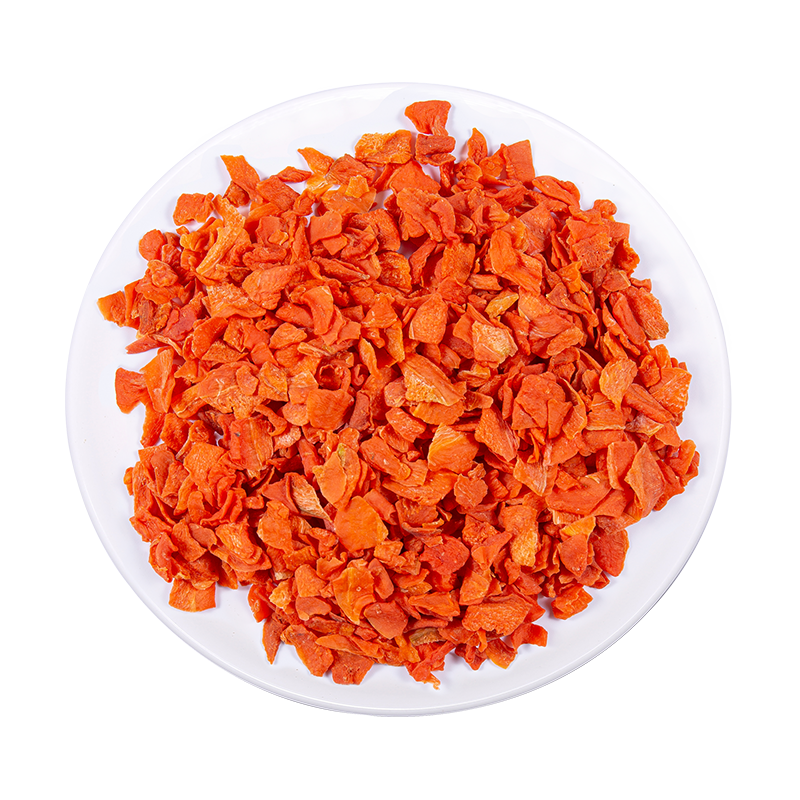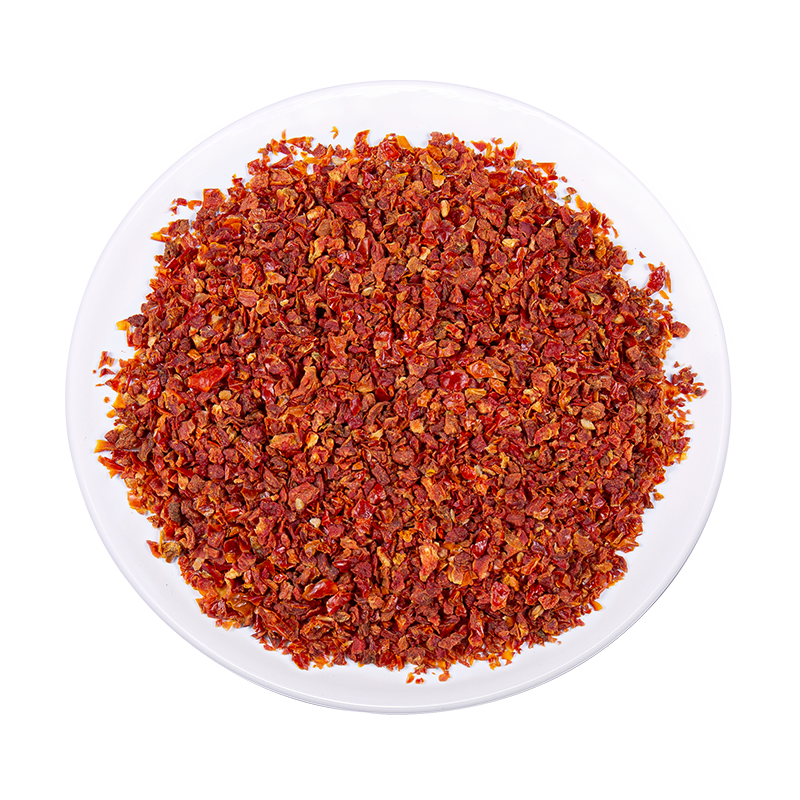Nov 03,2025
Moisture is one of the greatest threats to Dehydrated Sweet Potato. Once the product has been dehydrated, it is critical to prevent any external moisture from being absorbed, as this can lead to rehydration, spoilage, mold growth, or texture degradation. Packaging designed to provide an airtight seal—such as vacuum-sealed bags or moisture-proof foil pouches—prevents any ambient moisture from entering the package. This helps to maintain the integrity of the product and ensures it remains dry and crisp, as intended. In humid environments or during transport through regions with varying humidity levels, it is essential to ensure packaging is both moisture-resistant and effective in preventing any reabsorption of water. To further ensure dryness, desiccant packets (such as silica gel) may be included inside the packaging. These desiccants act as moisture absorbers, maintaining a low humidity level inside the packaging and offering additional protection against potential moisture damage.
Light, particularly ultraviolet (UV) light, accelerates the degradation of sensitive nutrients in Dehydrated Sweet Potato, such as antioxidants, vitamins (especially Vitamin A), and carotenoids. Prolonged exposure to light can cause the product to lose its vibrant color, nutritional value, and flavor. To mitigate these effects, packaging materials must provide sufficient light protection. Opaque materials, such as Mylar film or foil-lined pouches, effectively block light, including UV rays, from reaching the product. UV-blocking packaging ensures that the Dehydrated Sweet Potato maintains its original appearance, flavor, and nutritional content for a much longer period. The use of UV-resistant packaging materials is vital for preserving the product’s quality, ensuring consumers receive the full nutritional benefits and a visually appealing product.
Exposure to oxygen is one of the most common causes of oxidation in dehydrated foods. Oxidation can lead to the breakdown of fats, vitamins, and essential nutrients, resulting in rancidity, loss of flavor, and decreased nutritional quality. To prevent oxidation, packaging must be designed to create an oxygen-free or low-oxygen environment. Vacuum-sealing or nitrogen-flushing are effective methods for reducing oxygen content in the packaging. Vacuum-sealed bags remove the air from the package, creating an airtight environment that preserves the Dehydrated Sweet Potato’s freshness. Nitrogen-flushing, which replaces the oxygen in the package with nitrogen gas, further protects the product by eliminating the presence of oxygen. This technique helps maintain flavor integrity, prevents the development of stale or off-flavors, and ensures that the product remains fresh for a prolonged period. The absence of oxygen also ensures the texture stays intact, preventing the product from becoming soggy or losing its crunchy consistency.
The quality of packaging materials used plays a significant role in the preservation of Dehydrated Sweet Potato. Materials that offer strong barriers against moisture, light, and air are essential for maintaining the product’s quality. Multi-layered plastics, Mylar films, and foil-lined pouches are commonly used for their excellent barrier properties. Mylar, a durable, high-quality material, provides resistance to light, moisture, and air, ensuring the product remains protected during storage. Foil-lined pouches add an extra layer of protection against light and moisture, creating a nearly impermeable barrier. Multi-layered plastics combine various polymers, each offering a specific type of protection. These materials work together to form a robust barrier that protects the product from environmental factors, preventing degradation. Packaging materials must be durable enough to withstand shipping, handling, and transportation without compromising the seal. Damaged or punctured packaging can expose the product to air and moisture, leading to spoilage and a reduction in product quality.


 English
English Français
Français Español
Español









